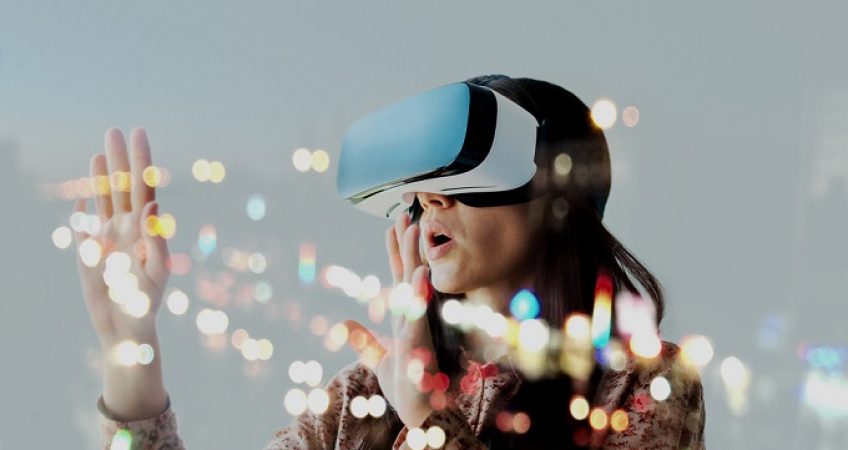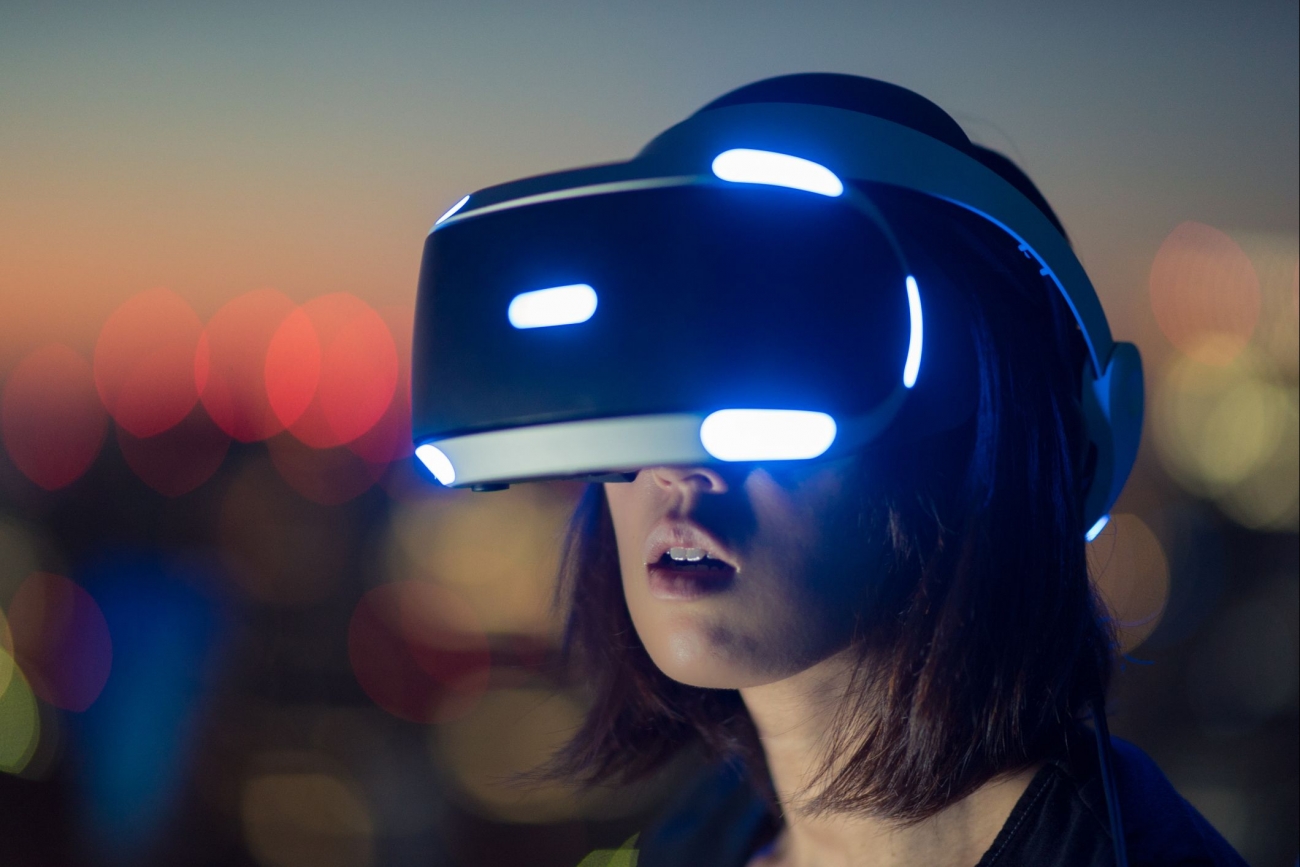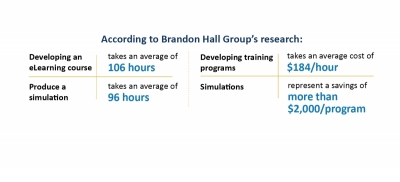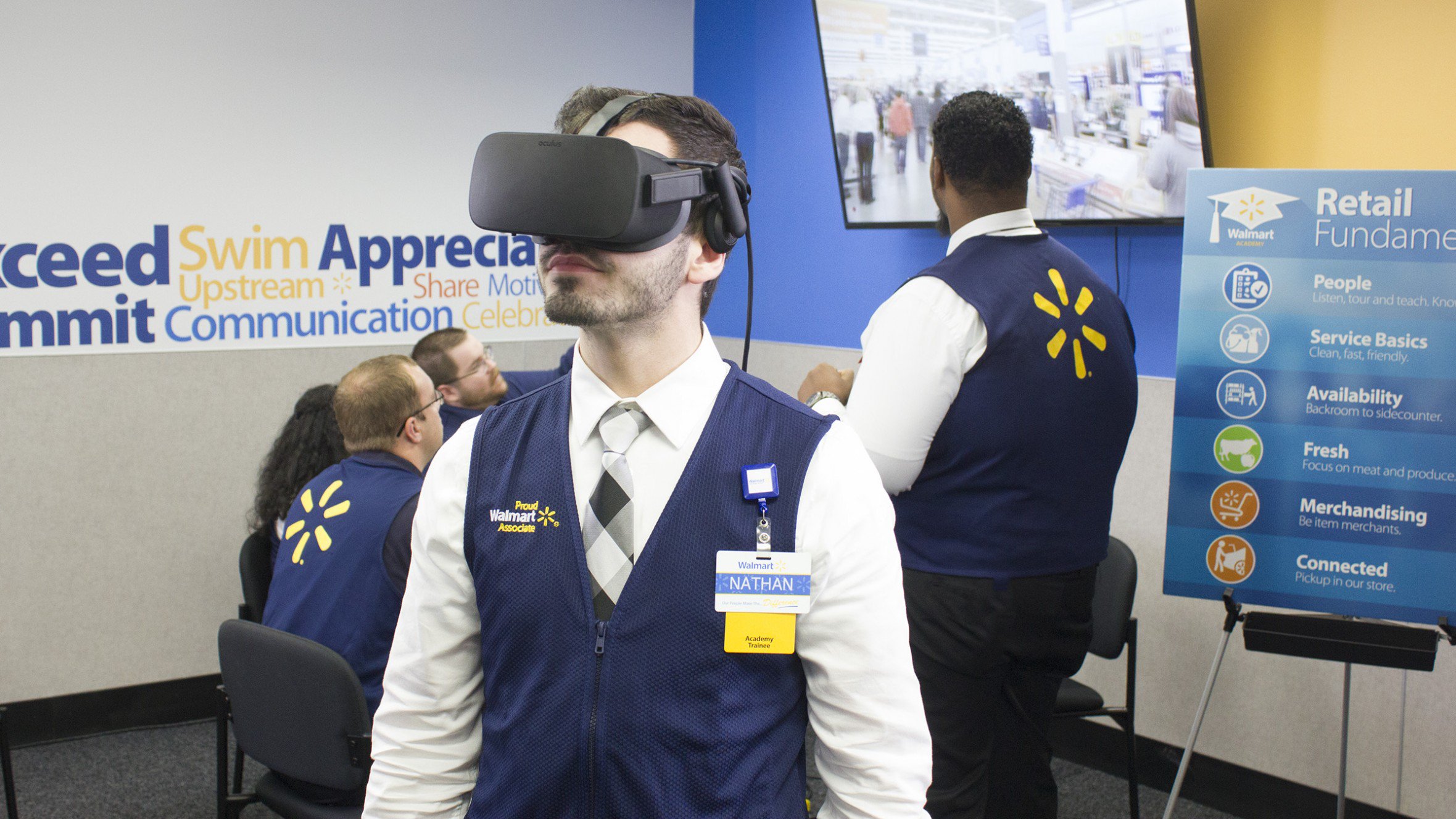
Virtual Reality: A Gamechanging Tool For Training Employees
When I toss out the term “virtual reality”, what do you think of?
For most people, the answer will be video games.

No doubt, VR has become synonymous with those games that you play on your PlayStation and Oculus Rift… but that’s not all that it’s good for. VR is actually an amazing tool which you can use to train your employees, and it’s superior to (most!) training programmes we have today for the following reasons:
#1: VR mimics real-life situations
Let’s face it: learning about the theory of something will never be as useful as being able to experience it first-hand. That’s where VR comes in!
Because VR can be used to create environments that mirror real-life situations, this makes your training programme that much more immersive. For technicians who need to deal with machinery or equipment in their day-to-day jobs, VR can even simulate the way these equipment work and respond.
#2: VR is exciting
The vast majority of training programmes that companies employ today are yawn-inducing; in comparison to these, VR training is a breath of fresh air.
Here’s an example from wearable technology company Human Condition Safety (HCS), which uses VR to train their clients’ construction workers on improving site safety. Chris Bunk, Chief Operating Officer at HCS states that traditional training programmes simply can’t hold a candle to VR ones: “You go from people fumbling with their phones, half falling asleep from archaic PowerPoints to something where people are getting up, engaged and enriched in the material.”
#3: VR is cost-effective
Given that VR’s more high-tech, shouldn’t it be expensive?As it turns out, this isn’t the case. According to research firm Brandon Hall Group, VR programmes are typically less expensive than a standard e-learning course.

How is this possible?
First, seeing as more providers are entering the VR market, the cost of VR equipment has started to stabilize.
On top of that, companies simply have to invest in a one-time fee to develop a VR programme; following this, they can have their employees repeat the modules within a programme as many times as necessary. In contrast to this, companies who use old-school training methods have to splash out on materials and resources every time they conduct additional training sessions.
VR training: real-life case studies
#1: Walmart
Over at Walmart, staff are trained on how to deal with sticky situations (for example, a Black Friday stampede!) using 360-degree video-based technology.

The results are pretty amazing: 70% of employees who underwent the new programme did better on their evaluation exams, and these employees also reported an overall training satisfaction score that was 30% higher.
Following the success of these training programmes, Walmart acquired a VR startup – Spatialand – earlier this year. The company is pretty hush-hush about what projects they’re working on… but you can bet that VR will be a huge part of their strategy moving ahead!
#2: Case Western University
Imagine seeing the human body come to life, in front of your very own eyes. Case Western University recently collaborated with Microsoft to develop a training programme that helped medical students better understand the anatomy of the human body. Pretty cool, huh?

That’s not all – the training programme also incorporates the use of VR technology to teach students how to break bad news to patients and their families. More specifically, this technology allows them to practice interpreting verbal and nonverbal cues from VR characters, and work on responding appropriately.
To get stories like these delivered straight to your inbox, sign up for RICE’s newsletter!
